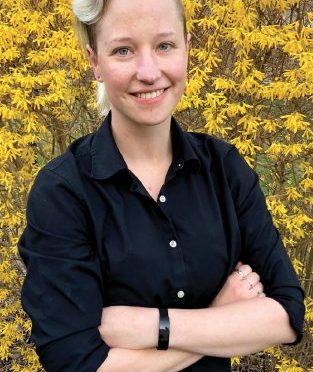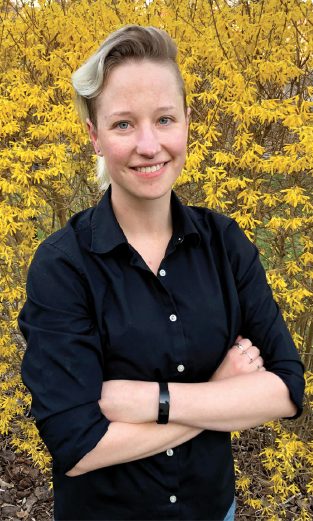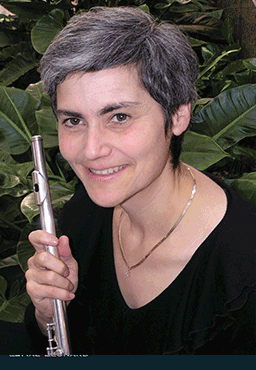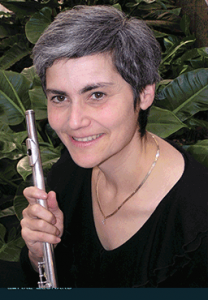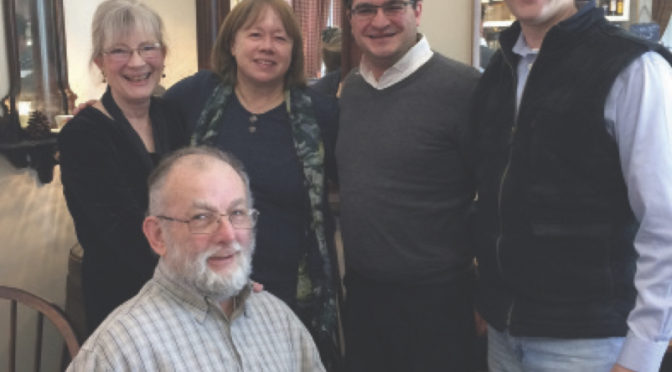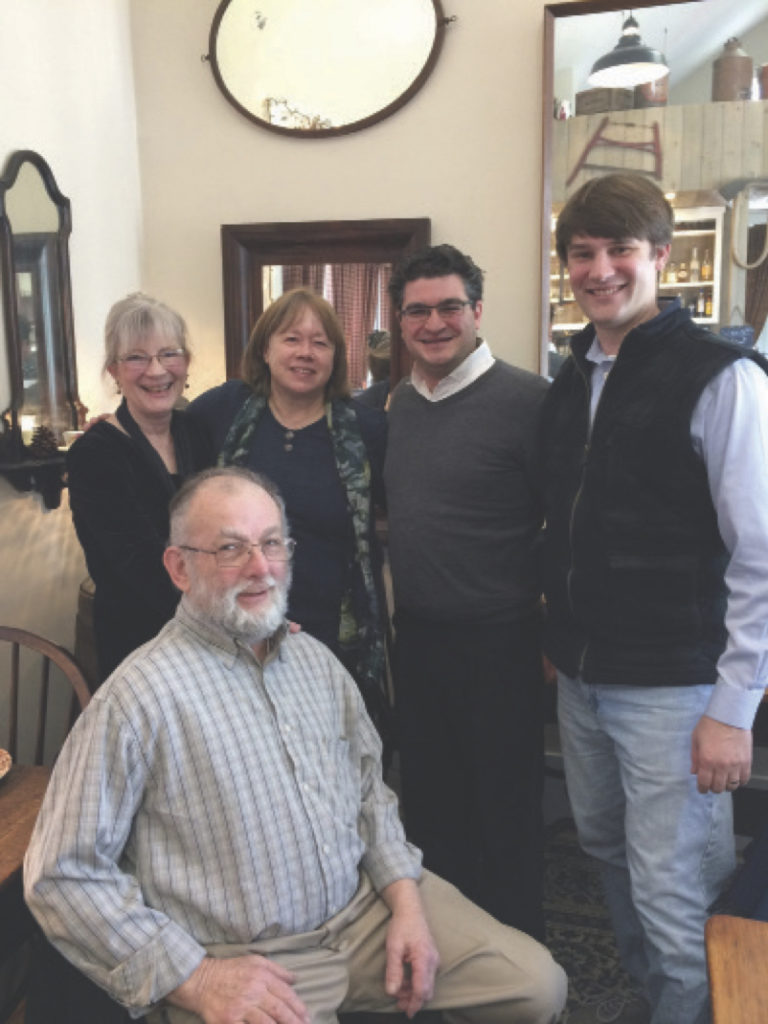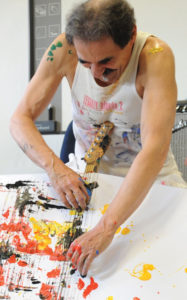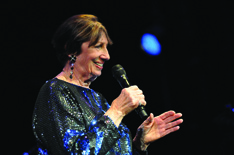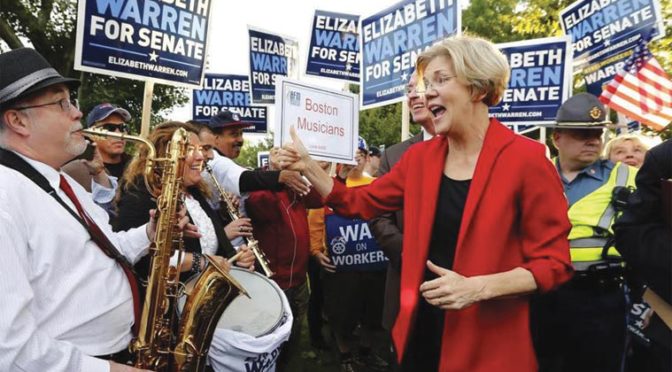Like many other festivals, the Tanglewood Music Festival is preparing to reopen to audiences this summer. The Boston Symphony Orchestra and the Boston Pops, represented by Local 9-535 (Boston, MA) will return to their summer home at Tanglewood for live performances in July and August.
The festival will run for six weeks, about half of its normal length, and audiences will be smaller and socially distanced. Performances will be no longer than 80 minutes, with no intermission.
Among programming highlights, guest artists who have become mainstays of the festival—including Yo-Yo Ma of Local 802 (New York City), Emanuel Ax of Local 802 (New York City), and Joshua Bell of Local 3 (Indianapolis, IN)—will join the BSO for performances. Boston Pops will perform a tribute to composer John Williams of Local 47 (Los Angeles, CA), in addition to premiering his Violin Concerto No. 2.


